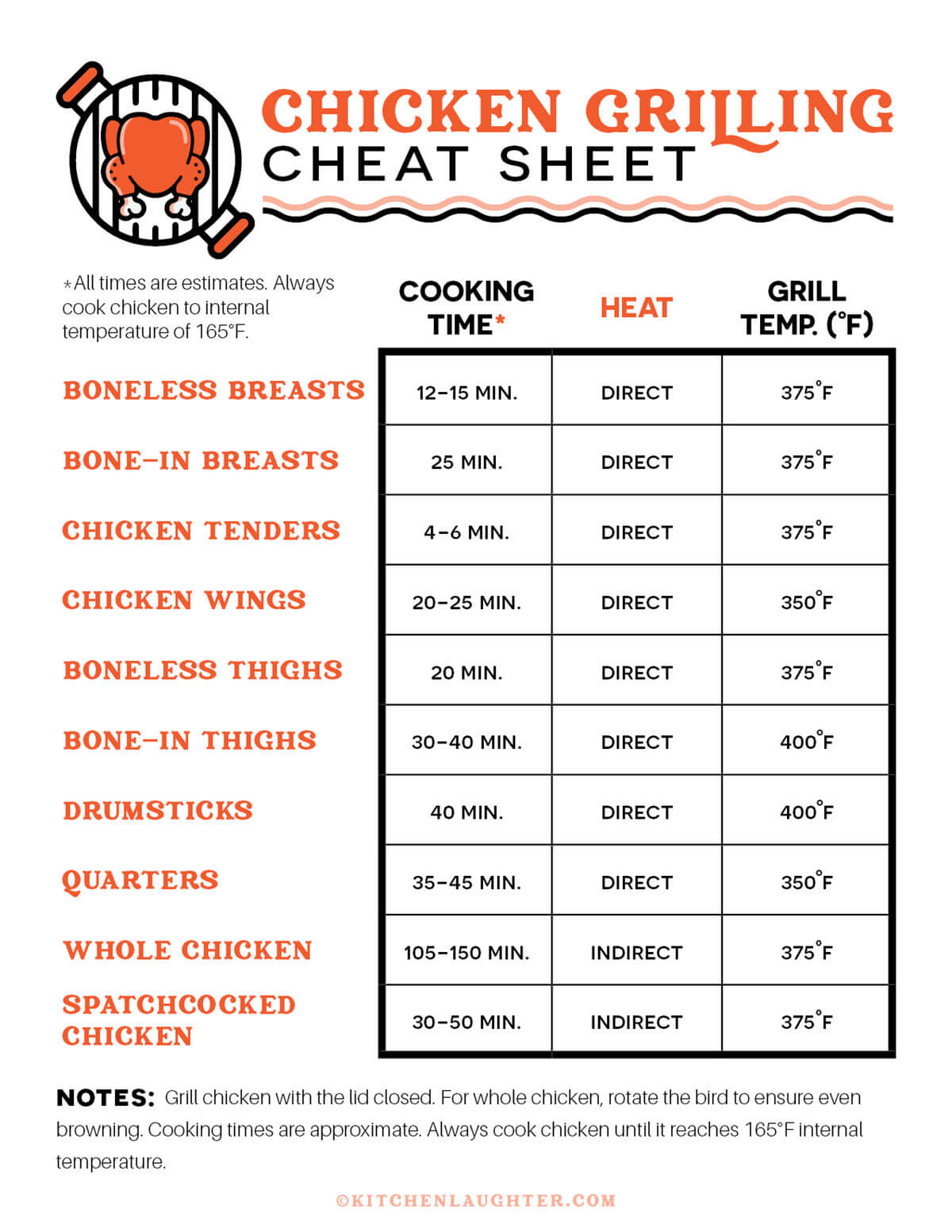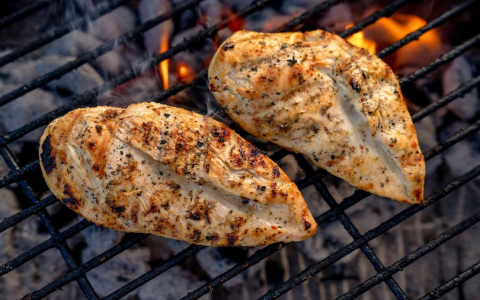Grilling chicken to perfection is an art that combines both skill and knowledge. Among the most crucial aspects of this process is selecting the right temperature. Cooking chicken on the grill requires careful attention to detail, and ensuring the correct temperature is key to achieving a delightful taste while maintaining safety standards.
Understanding the Importance of Temperature
Cooking chicken at the appropriate temperature is not just about taste—it’s also a matter of safety. Chicken must reach an internal temperature of 165°F (74°C) to ensure harmful bacteria like Salmonella and Campylobacter are effectively eliminated. Grilling at the proper temperature prevents undercooking, which can result in foodborne illnesses, and overcooking, which can lead to dry, tough chicken.

The Ideal Grilling Temperature
For the best results, grilling chicken should be done over medium heat, which generally ranges between 350°F and 375°F (177°C to 190°C). This temperature range allows the chicken to cook evenly and develop a beautiful sear on the outside while remaining juicy on the inside.
Monitoring Grill and Internal Temperatures
Using a reliable meat thermometer can make all the difference in grilling success. Insert the thermometer into the thickest part of the chicken, avoiding bones, as they can skew temperature readings. Once the internal temperature reaches 165°F (74°C), the chicken is safe to enjoy. Additionally, ensure your grill maintains a steady temperature. Fluctuations can lead to uneven cooking, so adjust the grill vents or burners as needed.
Grilling Techniques for Perfect Chicken
Choosing the right grilling method enhances both flavor and texture. One popular technique is direct grilling, where the chicken is placed directly over the heat source. This method is suitable for smaller pieces like wings or thighs, which cook faster.
For larger or bone-in pieces, indirect grilling is often more effective. This involves cooking the chicken next to, rather than directly over, the heat source. Indirect grilling allows thicker cuts to cook through without burning the exterior.
Enhancing Flavor with Marinades and Rubs

Beyond temperature, flavoring the chicken adds depth to your grilling masterpiece. Marinades—combinations of oil, acid, and various seasonings—infuse the chicken with flavor and can also tenderize the meat. Allow the chicken to marinate for at least 30 minutes, but for a more intense flavor, letting it sit overnight in the refrigerator is ideal.
Dry rubs offer an alternative to marinades, providing bold flavors with a blend of spices without adding moisture. Rubs are applied directly to the chicken just before grilling, ensuring the outside forms a flavorful crust.
Resting the Chicken
After achieving the perfect grill marks and internal temperature, patience is key. Allow the chicken to rest for about 5 minutes before cutting. This resting period lets the juices redistribute, resulting in tender and succulent pieces, rather than all the juices spilling out onto the cutting board.
Summing Up Grilling Chicken
Grilling chicken, with its blend of technique and precision, can be a rewarding experience. The right temperature ensures both flavor and safety, while marinades and rubs add an extra layer of taste. Monitoring with a thermometer, using the appropriate heat source, and allowing the chicken to rest ensures you serve a delicious and nutritious meal. Whether you’re hosting a backyard barbecue or cooking a weeknight dinner, mastering these grilling basics will elevate any dish into a delightful culinary experience.













